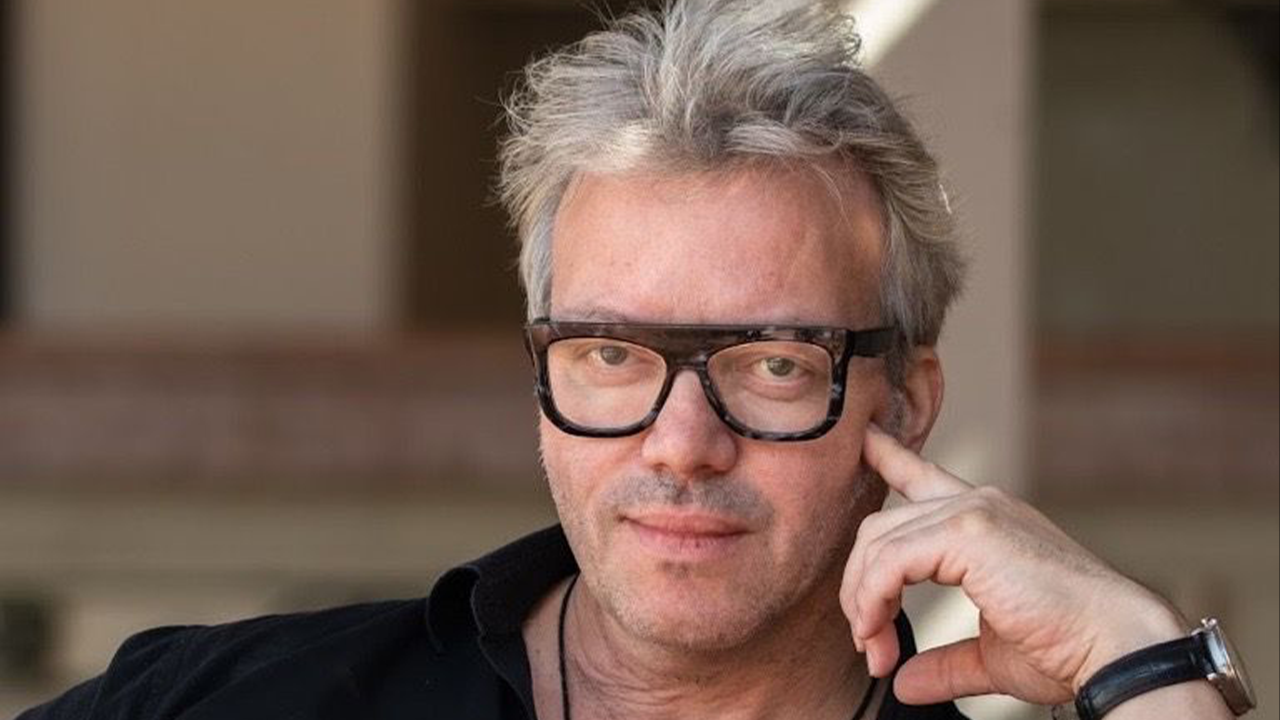www.denofgeek.com
Captain America: Brave New World is crossing $100 million over the four-day weekend according to Disney. That is a record for the latest entry in the Marvel Cinematic Universe, making it the fourth highest-earning debut of any film to open on Presidents Day weekend ever. That is even more respectable when you realize the other three films that earned more were all MCU or Marvel associated jointswith the second highest earner over Valentines Day weekend being the 20th Century Fox-produced Deadpool and its $152 million haul in 2016.Considering the movie is suffering from apparently horrid word-of-mouth as judged by its B- CinemaScore (the lowest for any MCU movie to date), for Brave New World to rally and prove skeptics in the industry wrong is a small victory, albeit of the PR variety. Industry prognosticators a few days ago were indeed predicting the movie as due to open at around $95 million or less, so through the prism of diminished expectations, $100 million is a winespecially as historically the WOM on movies that earn B- CinemaScores leads to severe dropoffs in the second weekend.But therein lies the conundrum of evaluating Brave New World grossing $100 million: is this a glass half full or half empty?As aforementioned, the film was able to overperform against expectations and deliver a healthy box office return not too far off from the last MCU movie to open over Valentine/Presidents Day weekend: Ant-Man and the Wasp: Quantumania. Its a face-saving win for Marvel Studios and proof that audiences still care about this mega-franchise.However, lets also consider that previous February holiday MCU win, Ant-Man 3. Released two years ago over the same weekend, the third Ant-Man flick managed to gross $120.4 million over its first four days. In other words, it earned 20 percent more than Disneys estimates for Brave New World. And Ant-Man 3 was deemed by many a financial disappointment, likely because its budget has been estimated to exceed $300 million due to copious amounts of reshoots and heavy post-production CGI work. That movie also earned what studios consider an anemic B CinemaScore, which presaged the films eye-watering 70 percent drop in its second weekend.Its $120 million opening was also notably far behind Ryan Reynolds plucky R-rated comedy from seven years earlier, never mind the admittedly hard to duplicate cultural phenomenon that was Black Panther over the same weekend in 2018 (where it grossed $242 million in just four days!)While Brave New Worlds opening is not the outright disaster for Marvel that The Marvels was in 2023 ($46.1 million) or Eternals in 2021 ($71.3 million), it signals diminished interest, especially when inflation is factored in. The last two movies bearing the title Captain America opened at $179.1 million and $95 million, and the latter was 11 years ago when expectations from studios and (perhaps more crucially) the superhero genres biggest fans were different. The Winter Soldier earned an A CinemaScore and was largely celebrated by fans as being a great addition to the Marvel canon. Brave New Worlds reception seems more divided and likely doomed to a dropoff similar to Quantumania.With that said, expectations are a big part of the MCUs problem. While Brave New Worlds budget is reportedly $180 million, rumors persist it is much more after the film endured its own extensive reshoots. While we cannot confirm the veracity of the reshoot costs, they certainly would have caused the movies price tag to creep upward, even though audience excitement is demonstrably on the wane. In other words, these movies are costing more than they did a decade ago despite being less popular.So one way to read the tea leaves of Brave New World is that audience loyalty in the MCU remains strong among the diehards, and Disney and Marvel Studios just need to figure out a way to make these things cost less. (We might suggest having the entire script, or at least story, mapped out before production and subsequent quicksand traps in post.)However, there could be a bigger problem in these numbers if you look outside the MCUs own box office history. Traditionally, when franchises start dipping toward B- CinemaScores, it predicts bigger box office problems to come. The only MCU movies to earn a B CinemaScore are Eternals, The Marvels, and Ant-Man 3. And as you might have noticed, none of them have sequels forthcoming. But some superhero movies did get the dreaded B and arrived ahead of larger franchise continuations which could not be canceled.Batman v Superman: Dawn of Justice debuted at $166 million with terrible reviews and a B CinemaScore. The bottom fell out about 18 months later when the first and only Justice League movie with a wide theatrical release opened to $94 million despite supposedly decades of anticipation (and being another victim of extensive and expensive reshoots). The Flash, meanwhile, earned a B CinemaScore opposite its disastrous $55 million debut. That still was higher than Aquaman and the Lost Kingdom, which somehow only opened to $27.7 million despite being a sequel to a film that grossed $1 billion in the superhero movie glory days of the 2010s.Join our mailing listGet the best of Den of Geek delivered right to your inbox!There are of course extenuating circumstances, especially in the case of Aquaman 2, which was essentially sent out to die in December 2023 after Warner Bros. Discovery signaled they were rebooting the whole cinematic DC universe. Nonetheless, superhero movies that are received poorly by fans have usually acted as prelude to awful second-weekend drops and then diminished interest in the larger franchise a few months later.All of which puts the MCU in a strange place. Right now, Brave New Worlds overperformance might suggest audiences enjoyed it better than industry pollsters foresaw on Friday night. Maybe. In which case, a better-than-expected opening weekend might lead to a less grim-than-anticipated second weekend drop. Next week would be the bigger test, then, in Brave New Worlds long-term prospects.Beyond the fourth Captain America movie, however, remains the health of the MCU brand itself. Last year Marvel saw another movie cross the $1 billion threshold, but it was one rife with nostalgia for 2010s and even 2000s superhero movies: Deadpool & Wolverine. Brave New World, by contrast, had an eye on the future as gleaned from its title and the fact it introduced a new Captain America (played with charisma and charm by Anthony Mackie). The film even hints Mackies Cap will be instrumental in assembling a new Avengers roster in next years Avengers: Doomsday.But the muted CinemaScore and diminishing ticket sales when compared to other Captain America movies, or even the last Ant-Man flick, suggests audiences are in a nebulous place with the MCU, and as the fortunes of the DCEU proved, that is a dangerous position to be in for a long-running superhero franchise.We suppose the real tests, then, will be to see not only how the film does in its second weekend, but whether its troubles are an isolated incident related to a movie that critics and audiences were ambivalent toward, or a more systemic reception to the next slate of Marvel movies, two of which open later this year.










